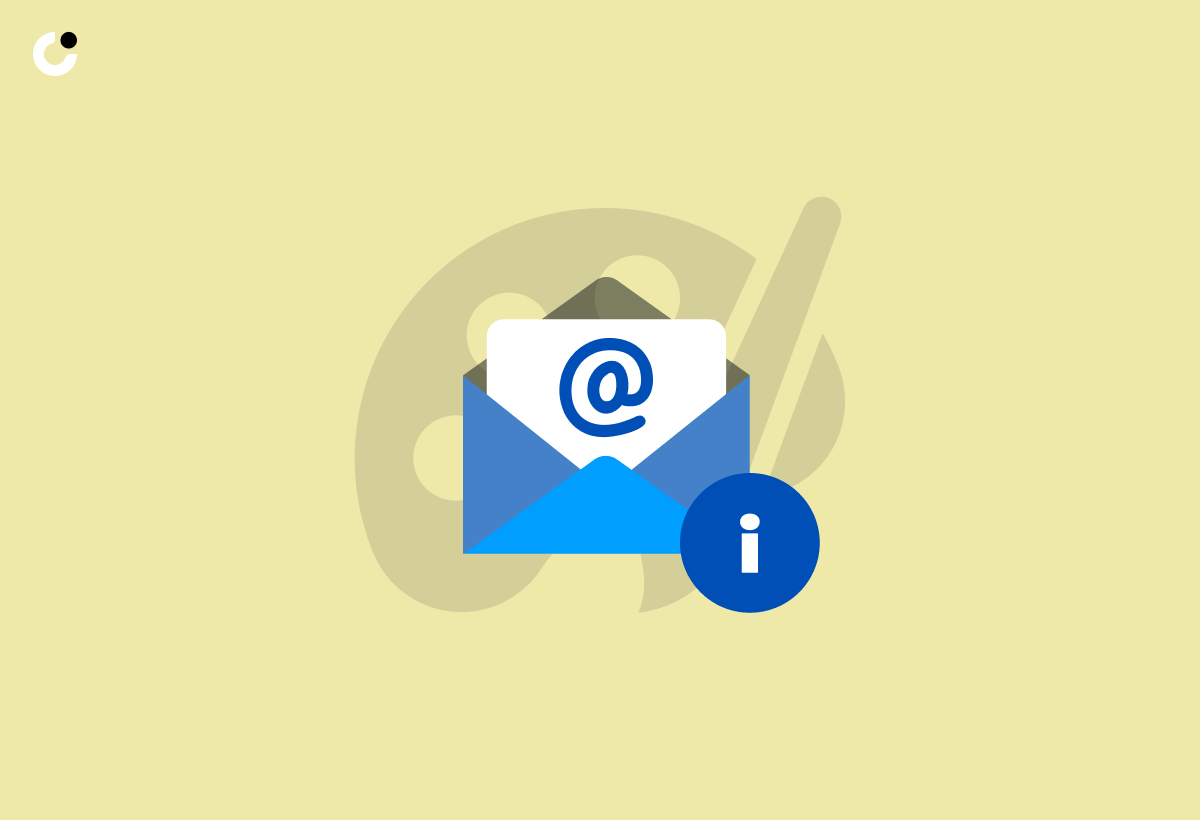Are you an aspiring illustrator or designer seeking to connect with art directors and grow your career? Mastering the craft of cold emailing art directors is your key to unlocking opportunities and building lasting professional relationships. In this guide, we’ll walk you through strategic methods to approach art directors effectively, personalize your emails, and expand your network beyond the inbox. Let’s dive in!
Key Takeaways
- Decode the cold email approach to art directors & craft a perfect subject line
- Identify ideal contacts by researching company websites and social media platforms
- Customize emails, include portfolio pitch, follow up without being overbearing & leverage editorial illustration opportunities for success.
Decoding the Cold Email Approach to Art Directors
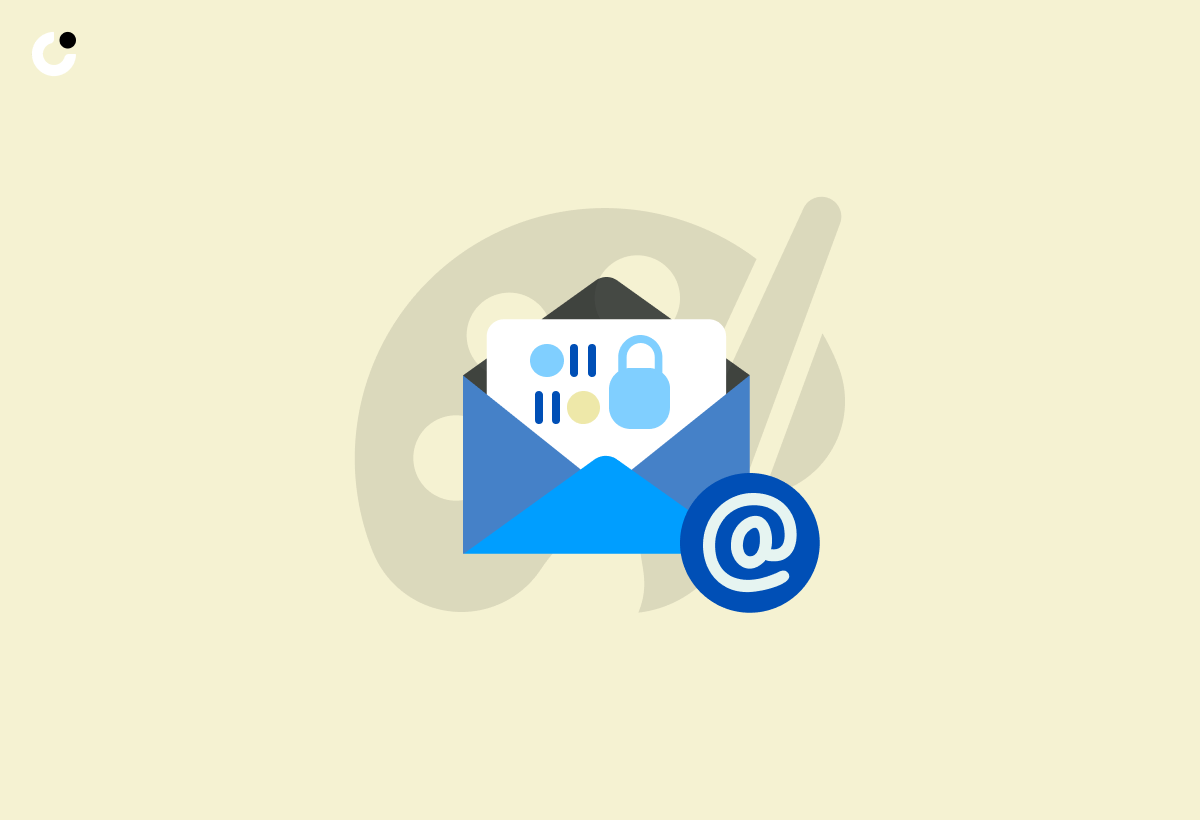
Cold emailing involves sending unsolicited, personalized messages to potential clients or collaborators, aiming to establish a connection and showcase your work. Unlike a cold call, which can be intrusive and less effective, cold emailing allows art directors to view your portfolio and website link at their convenience, and reflect on your work without pressure. By reaching out to a potential client through cold emailing, you increase the chances of making a lasting impression and building a professional relationship.
Avoiding common pitfalls such as misspelling the recipient’s name or sending the email to the wrong person is key. Crafting a professional and personalized cold email can make a lasting impression and open up work opportunities. By doing so, you set the stage for a productive and mutually beneficial relationship with art directors.
Crafting the Perfect Subject Line for Art Directors
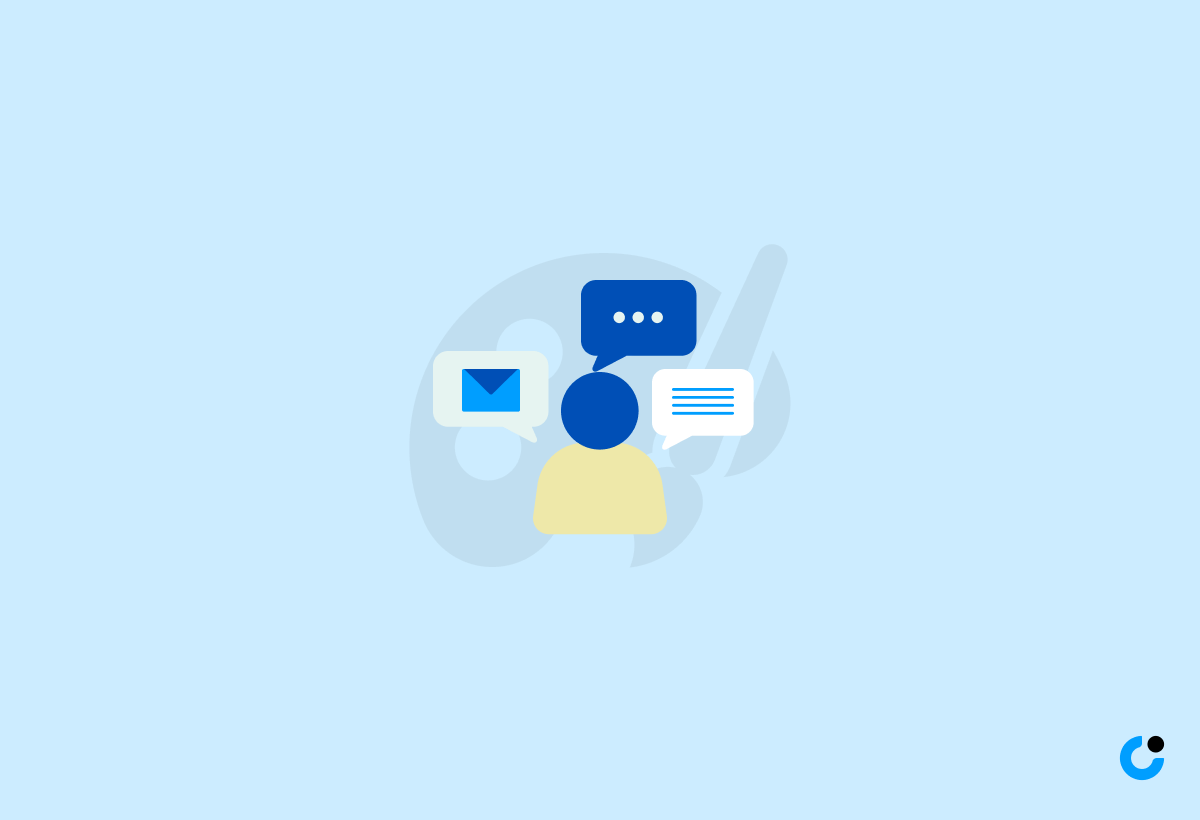
Grabbing the attention of art directors and increasing the chances of your email being opened requires a compelling subject line. To create an effective subject line, consider incorporating a sense of urgency, personalizing it when possible, and being both intriguing and unique. Additionally, testing your subject lines and avoiding common spam traps can help you optimize your emails’ success.
Timing also plays a critical role in cold emailing. Studies suggest that Tuesday morning is the ideal time to send emails for maximum impact. By paying attention to these details, you’ll enhance the effectiveness of your subject lines and increase your odds of getting a response from art directors.
Identifying Your Ideal Art Director Contacts
Identifying the right art director contacts requires thorough research on company websites, effective use of social media platforms, and verification of contact details. This way, you’ll be better equipped to target potential clients or collaborators that align with your skills and interests.
🔍 Research Company Websites
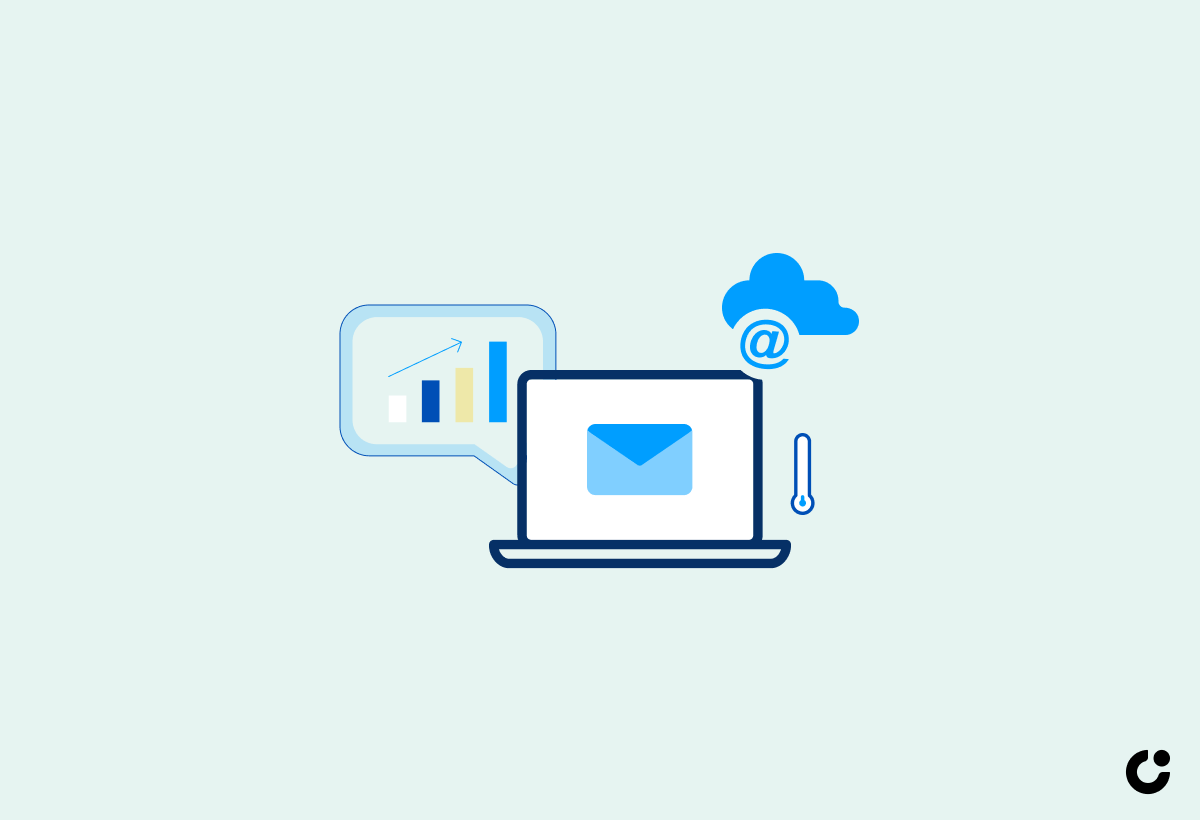
Company websites can provide valuable information about art directors and their roles within an organization. To maximize your chances of getting a response, focus on pinpointing a specific individual to contact within a studio or agency. Concentrate your search on the product development side, as the art director’s role you need is likely to be working in this area.
To find the correct art director’s contact information on a company’s website, try searching for “Company name - art director” on Google, or explore the company’s LinkedIn page to see who works in their team. This approach can help you uncover valuable art director contacts and improve your cold emailing results.
🌐 Utilize Social Media Platforms
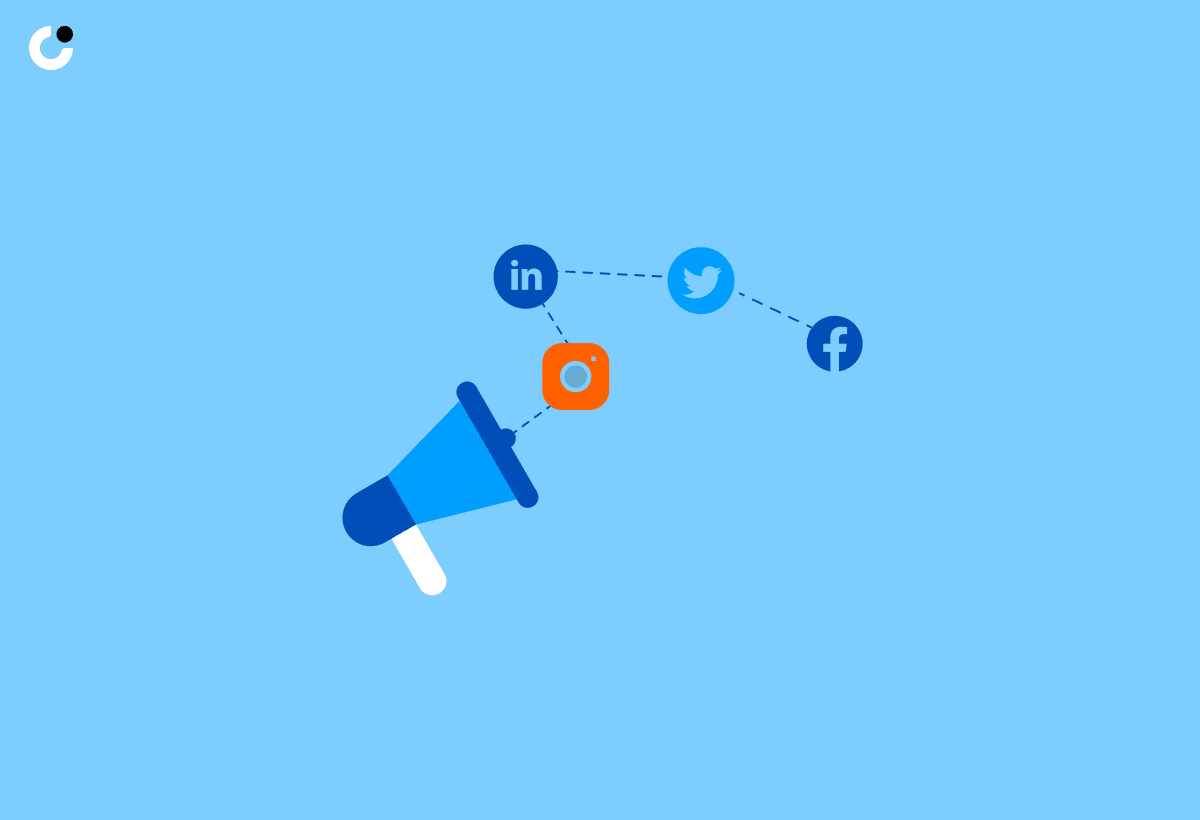
Social media platforms, such as Twitter and LinkedIn, offer excellent opportunities for connecting with art directors. By searching for the company name and art director on these platforms, you can uncover relevant accounts and start engaging with potential contacts. Moreover, having a social media presence can help you reach a wider audience, participate in the art community, and connect with potential clients.
Twitter, in particular, can help you build meaningful connections with art directors. If you’re unable to find an art director’s personal email address, try asking for it on their social media accounts like Twitter or Instagram. Staying in the loop, even if an art director doesn’t follow you back, can also be achieved by following their job postings and calls for artists.
📧 Verify Contact Details
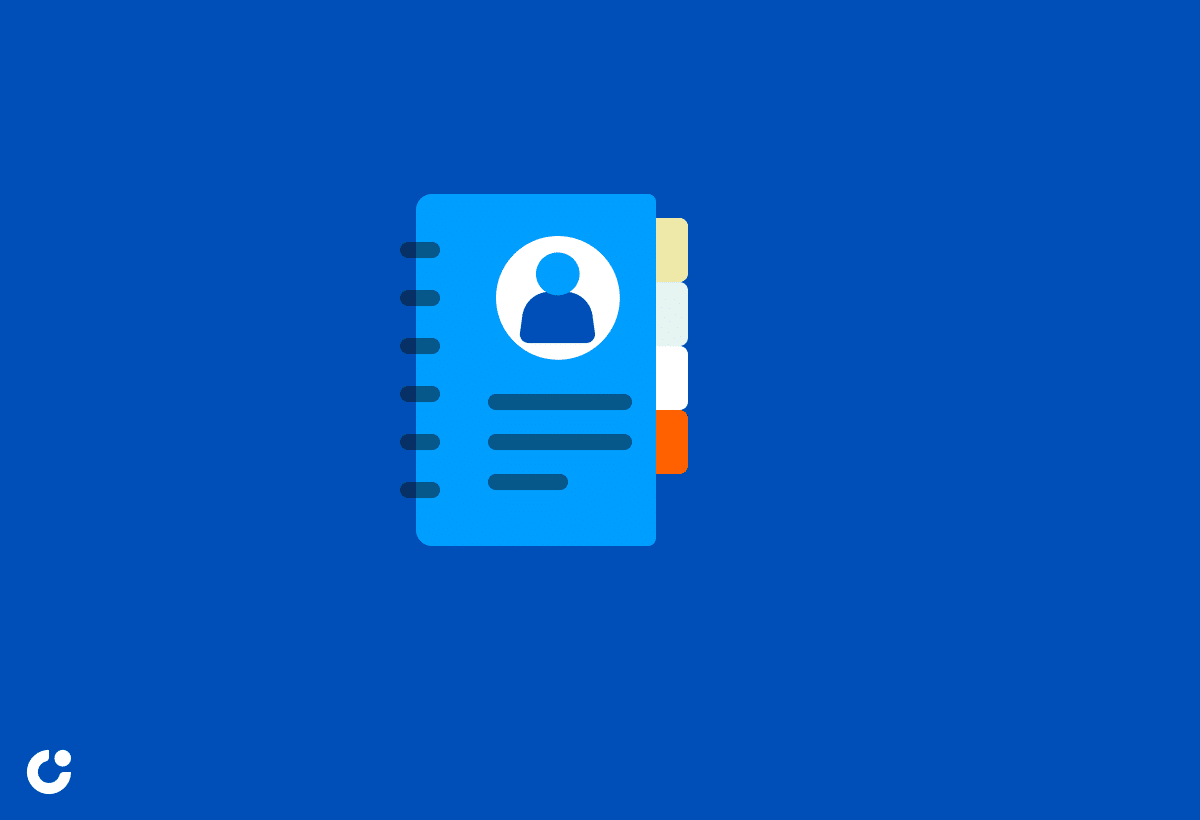
It’s important to verify contact details to ensure you’re reaching the right person. Using tools such as:
Our e mail verification tool can help you quickly and easily verify email addresses.
Moreover, to verify a contact address from an art company website, follow these steps:
- Check the art company’s website for contact info.
- Look for a physical address in the ‘Contact’ or ‘About’ section.
- Verify the legitimacy of the address using Google Maps or other reliable sources.
- Contact the art company directly to confirm the address.
By taking these measures, you’ll enhance the accuracy of your outreach efforts.
Personal Touch: Customizing Your Cold Emails
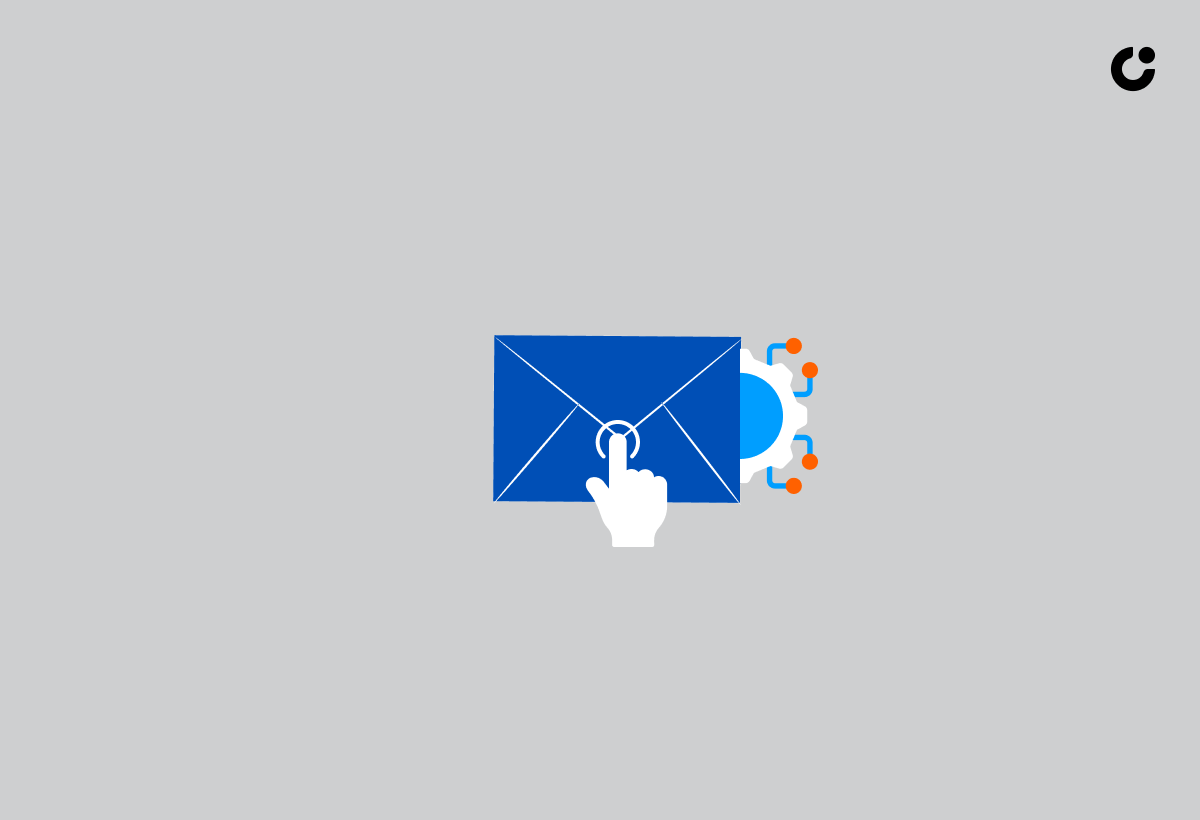
Establishing a connection with the recipient and demonstrating your genuine interest in working with them requires personalizing your cold emails. To make your message more personal, include some context about your interactions with their studio, company, or platform, or express your appreciation for their work or a recent project they’ve completed.
When crafting your cold email, avoid sending the same email to multiple recipients. Instead, tailor your message to the specific person you’re contacting, showcasing your enthusiasm and sincere interest in collaborating with them. This personal touch can significantly increase your chances of getting a response and forging a professional relationship with art directors.
The Portfolio Pitch in Your Email
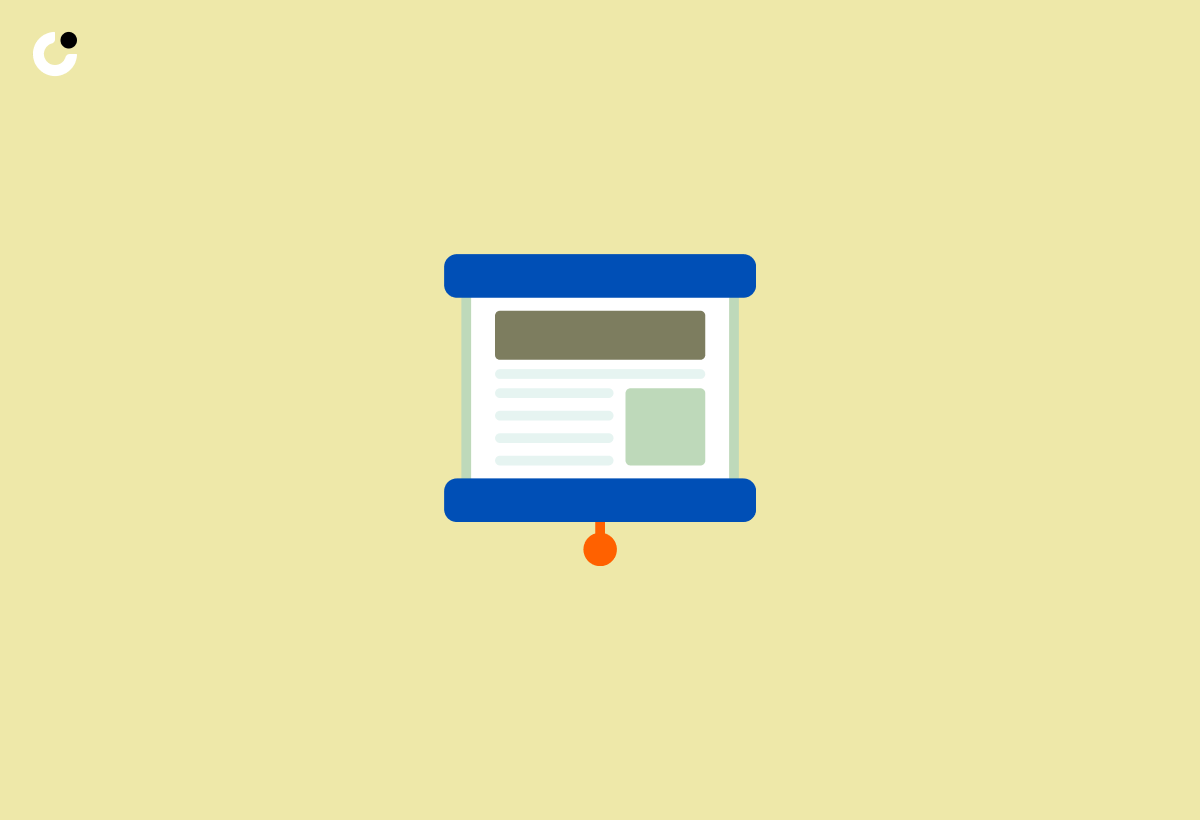
Showcasing your work and highlighting how your skills align with the art director’s needs can be achieved by including a tailored portfolio pitch in your email. To craft a successful portfolio pitch, you can:
- Attach images of your work that align with their brand
- Provide a hyperlink to your website in both your copy and signature
- Select relevant pieces from your portfolio that are applicable to the company’s product
- Consider seeking portfolio reviews to ensure your work is well-suited for the target audience
Emphasizing unique requirements and challenges, such as a niche target audience or specific branding guidelines, can also make your pitch stand out. Incorporate numbers and statistics to demonstrate your impact and express your enthusiasm while keeping the email concise and to the point. By doing so, you’ll make a great impression on art directors and increase your chances of landing a project.
Following Up Without Being Overbearing

While it’s important to follow up on your initial email, timing your follow-ups appropriately, crafting polite reminders, and assessing response rates are vital elements to avoid appearing pushy. By striking the right balance, you’ll remind art directors of your name and message while giving yourself a second chance to make an impact and get a response.
🕒 Timing Your Follow-Up Emails

Timing your follow-up emails strategically can help you avoid appearing overly aggressive. For maximum success, send follow-up emails between 6-9 am PST on Monday, with Tuesday as a secondary option. Limit your follow-up attempts to a maximum of two times before moving on.
The day of the week and time of day can significantly influence the response rates of follow-up emails. Tuesdays, Wednesdays, and Thursdays tend to have the highest open and response rates for sales emails. Sending emails early in the morning, around 6 am, or between 9 and 10 am can be highly beneficial for maximizing your response rate.
✉️ Crafting Polite Reminders
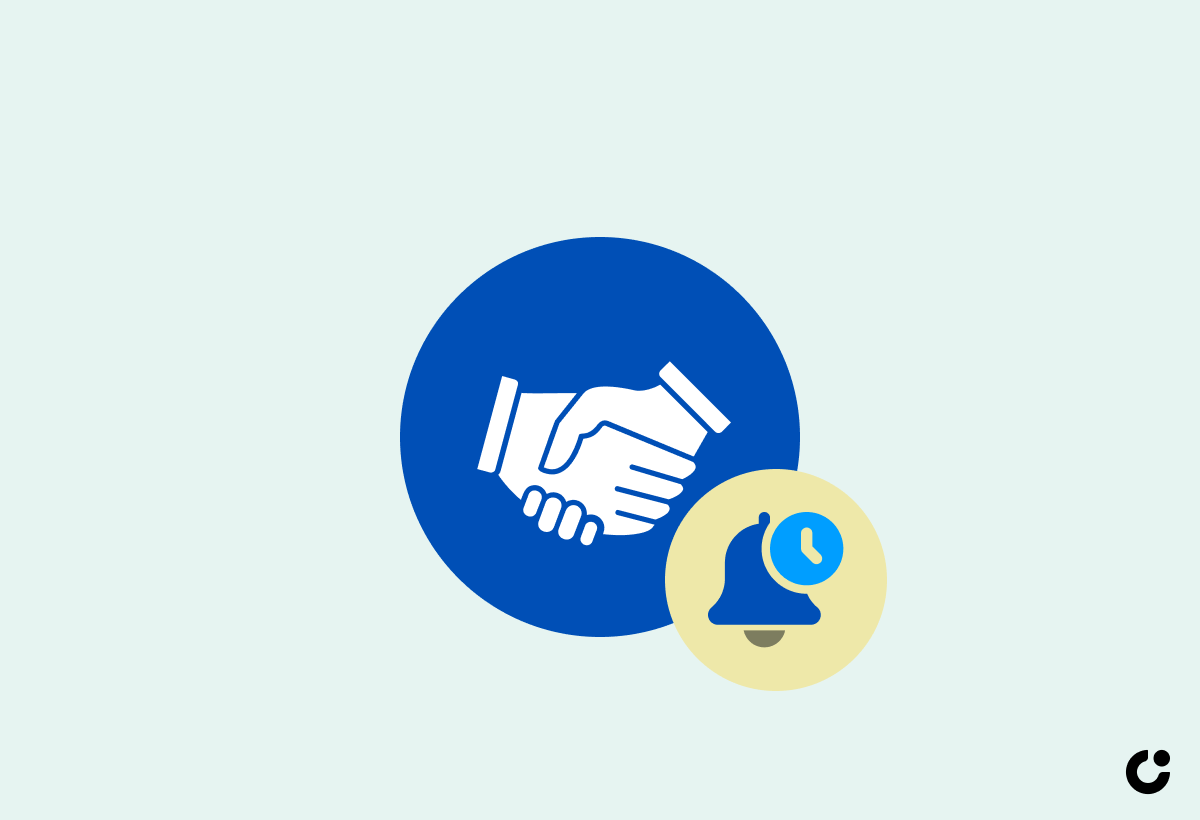
Crafting polite reminders in your follow-up emails can help you come across as professional and respectful. To ensure your reminder is courteous, include a brief mention of your initial email and a concise explanation of why you’re following up.
To make your follow-up email stand out, demonstrate your interest in the recipient’s organization by offering a helpful tip that they can quickly act on, such as pointing out a broken link on their website or offering a referral discount code for a service they’re already using. This approach can help you maintain a positive relationship with art directors even when following up on your cold emails.
📈 Assessing Response Rates

Assessing response rates can help you evaluate the success of your outreach efforts and optimize them for the best results. The average cold email response rate is around 1% to 10%, but this can vary depending on the industry and target audience. Aiming for a response rate of 10-15% can help ensure a successful cold email campaign.
To track your email response rates, leverage tools like:
Regularly monitoring your response rates can provide valuable insights into the effectiveness of your cold emailing strategy, allowing you to refine your approach and improve your chances of connecting with art directors.
Navigating No-Response Scenarios
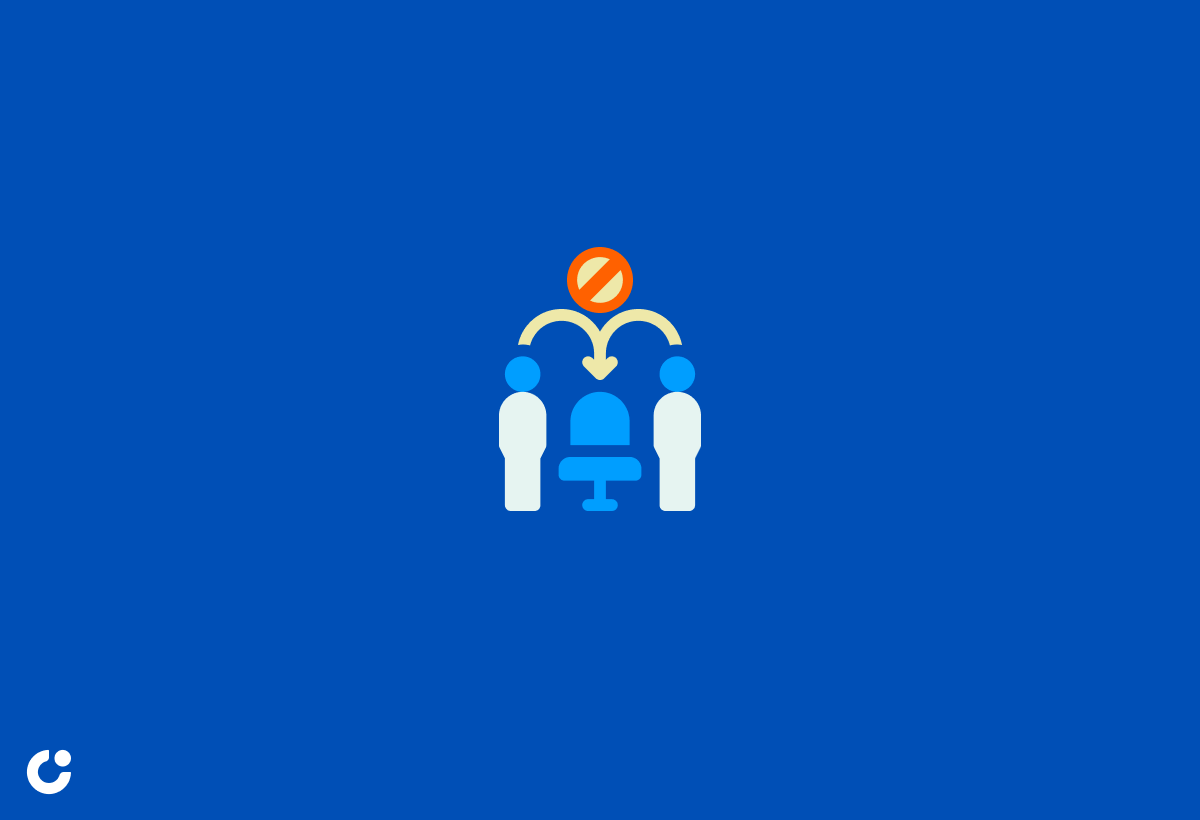
If you receive no response from an art director, remain persistent. Continually reach out to other potential contacts and refine your approach. Various reasons could explain the lack of response, such as the art director moving on to a new opportunity, or not currently needing the type of art you submitted.
To keep your creative momentum going, focus on targeting art directors with similar styles to your work, ensuring your cold emailing efforts align with the company’s needs. As you continue to reach out to other potential contacts, you’ll increase your chances of landing projects and forging lasting professional relationships.
Establishing a Routine for Cold Emailing Success
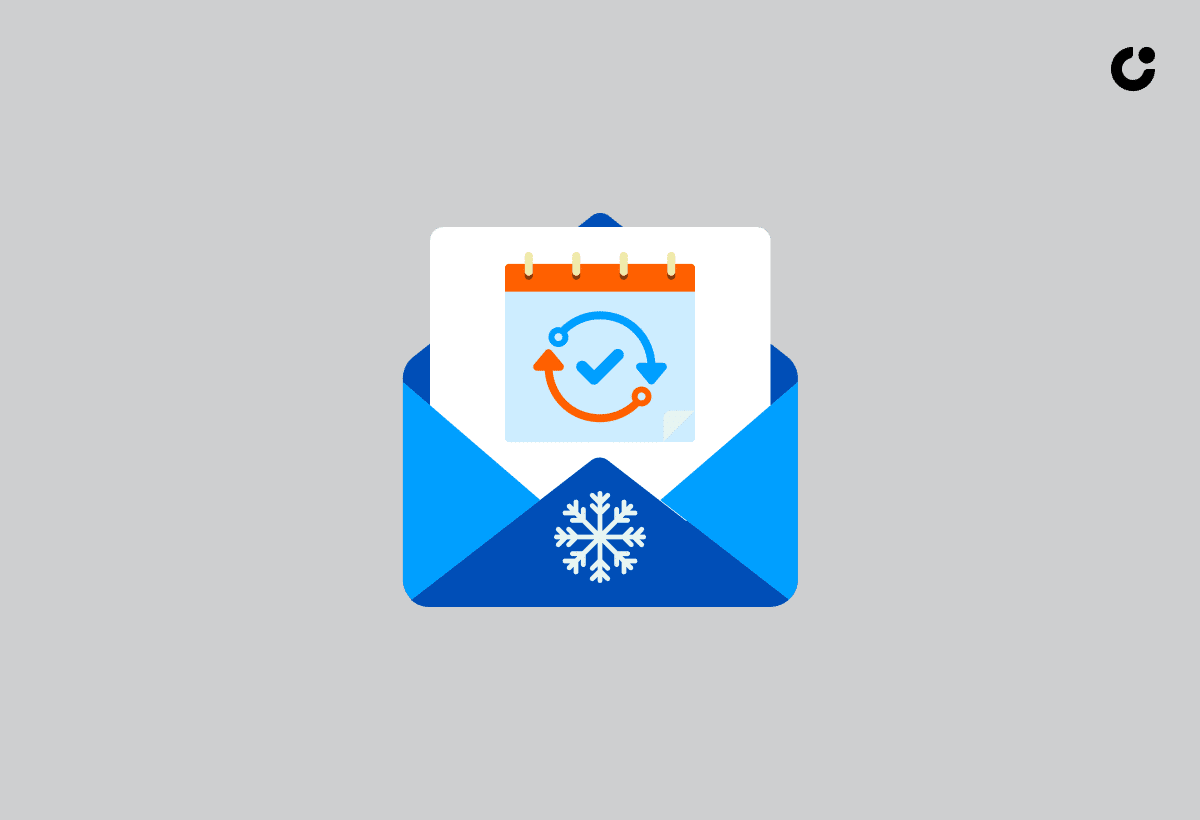
Staying organized, tracking your progress, and maintaining consistency in your outreach efforts can be achieved by establishing a routine for cold emailing. Creating a spreadsheet to track contacts, emails, and dates can be invaluable in maximizing your productivity and reaching your career goals.
Leveraging tools such as:
can further enhance your cold emailing management and tracking capabilities. By developing a systematic approach to your cold emailing efforts, you’ll be better equipped to forge connections with art directors and grow your career in the long term.
Leveraging Editorial Illustration Opportunities

Pursuing editorial illustration opportunities can be a valuable way to connect with art directors and showcase your work in a relevant context. Engaging in events such as comic conventions, industry events, and literary conferences can foster face-to-face interactions and build relationships with art directors.
Popular publications like The Nib, Creative Boom, Stack Magazines, and Medium offer exciting opportunities for illustrators to collaborate on editorials. By seizing these opportunities and actively participating in the art community, you’ll increase your chances of landing projects and forging lasting connections with art directors.
Networking Beyond the Inbox
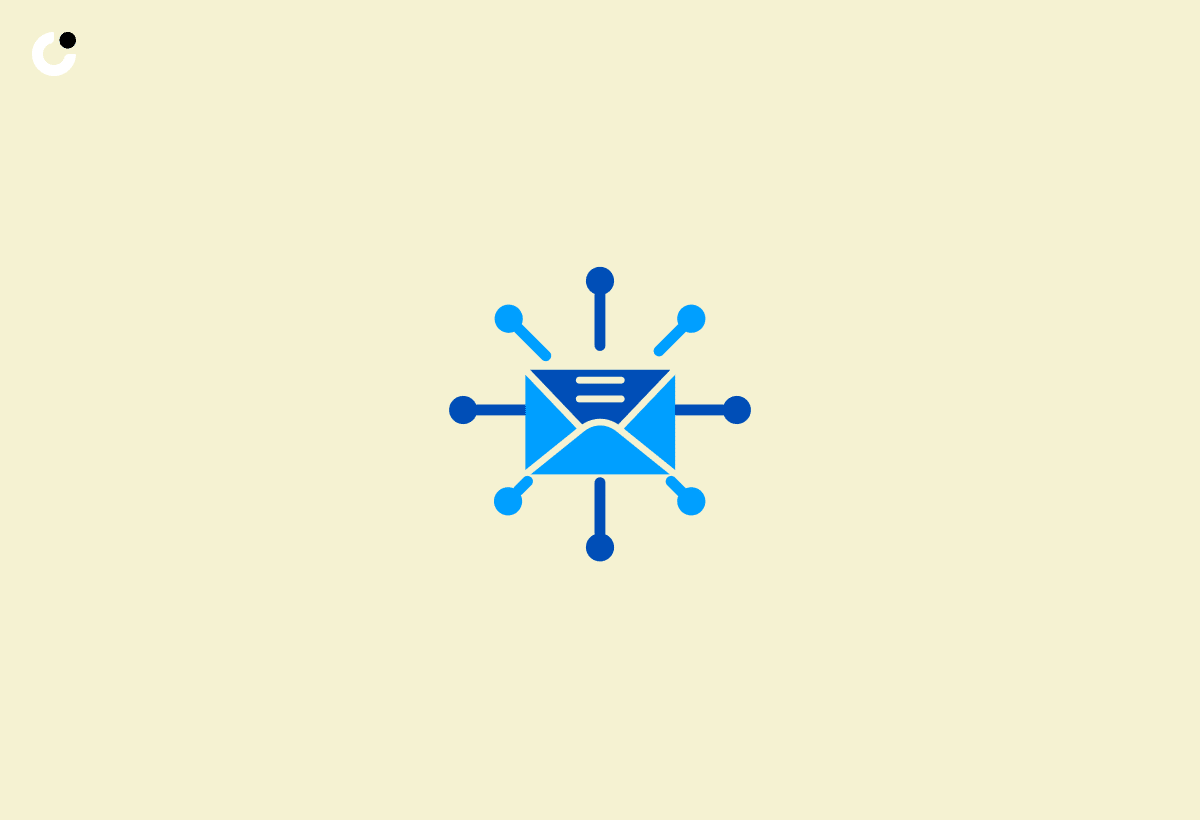
While cold emailing is a vital tool for connecting with art directors, expanding your networking efforts beyond the inbox is equally important. Here are some ways to do that:
- Attend national and international creative networking events
- Participate in art fairs and festivals featuring new art
- Attend conferences and summits
- Apply for residencies and retreats
These opportunities can help you build relationships with art directors and other industry professionals.
Engaging with art directors on social media and participating in online communities can also increase your visibility and help you forge connections in the industry. By combining cold emailing with other networking strategies, you’ll maximize your chances of landing projects and growing your career as a freelance designer, whether you’re an illustrator or a designer.
Summary
In conclusion, mastering the craft of cold emailing art directors is essential for building professional relationships and advancing your career in illustration or design. By researching and targeting the right contacts, personalizing your emails, timing your follow-ups strategically, and leveraging editorial illustration opportunities, you’ll set yourself up for success in connecting with art directors. Now it’s time to take action, refine your cold emailing approach, and watch your career flourish!
Frequently Asked Questions
How do you write a cold email to an art director?
Start by making a connection with the art director with something you both have in common. Compliment their recent work and make it clear why you are emailing them - to share your information and explore working together. Make sure to use a motivating tone throughout.
How do you introduce yourself as an art director?
Hello, my name is [Name], and I'm an experienced art director with expertise in creative direction, developing brand identity, and creative problem-solving. My years of experience provide me the foundation to quickly create captivating visual narratives for any project.
How do you connect with an art director?
Be sure to stand out and make a connection with the art director, such as mentioning if you've met before or have been referred by someone. This will help you be more memorable and increase your chances of getting a response.
How do you write a cold email for a design job?
When writing a cold email for a design job, make sure to include a personalized message that details why you are interested in the position, list your skills and experience that are applicable, and provide context of how you found their contact information. Include a small request and an engaging subject line to ensure your message is heard. Make sure to also follow up if necessary.
What are some common mistakes to avoid when sending cold emails?
Avoid common mistakes like forgetting to include an attachment, spelling someone's name wrong, or sending it to the wrong person. Ensure your cold email has a motivating tone and a clear conclusion in the first sentence without any introduction or summary.

